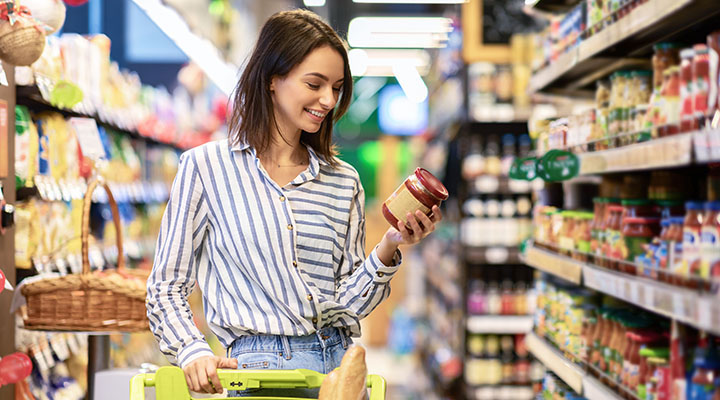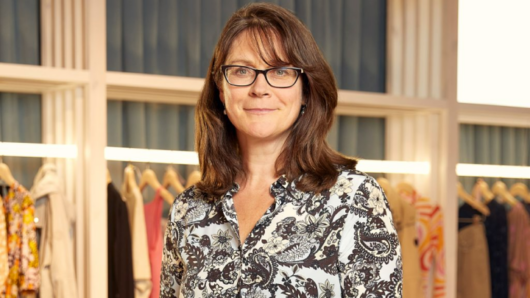The modern evolution of retail has seen the shelf edge transform from a simple operational necessity to an effective marketing opportunity right at the point of sale. Within the past decade, retailers have started to tap into this pivotal space in order to provide immersive and personalised experiences for customers.
Today, retailers increasingly appreciate the value of customer engagement. Right at the moment when customers are ready to take out their wallets, the shelf edge has emerged as a focus area for fresh, innovative strategies and direct interactions with the customer.
Capitalising on the shelf edge is not without its challenges, however. Just as the pandemic accelerated technical innovation in e-commerce, it has also impacted the pace of technology in brick-and-mortar retail with advances such as stock cameras, motion sensors, in-store GPS, digital screens, electronic shelf labels, robots, and wayfinding. These new realities impacting the in-store ecosystem have not only been difficult to keep up with, but each requires a significant investment and dedicated project, leaving retailers with multiple siloed technologies.
In an ideal world, retailers would have an open ecosystem in which their technologies would work together to deliver the best possible outcome for their customers. Investing in shelf analytics cameras to detect out-of-stock items, for example, can improve the customer experience for shoppers by reducing stock-outs. Shelf-edge talkers, labels and ESLs should be able to tap into this data and help the customer whenever the product is out of stock, perhaps directing them to an off-location where more product is available or prompting them to order online for home delivery.
Such integrated systems are difficult to implement with disjointed data and tech, making it critically important for retailers to choose the right partner who will deeply understand their business and allow them to build a portfolio of technologies that form part of the same orchestra.
“It’s important that you’ve got a platform in place that lets you leverage your new and existing technologies to their full potential,” explains Chris Stoyles, CEO of shelf-edge marketing platform Last Yard. “But ultimately it all boils down to choosing the right partner – one that deeply understands your business.”
According to Stoyles, enterprise retailers picking up these technologies tend to experiment with a few different hardware vendors, which can lead to duplicated development time for integrations with each vendor.
“With our focus on automating shelf-edge communications, we begin by creating a single source of truth for retailer data, from product and pricing data to planogram and customer loyalty data,” says Stoyles.
“With all data centralised, not only can all technologies work cohesively, but retailers can also future-proof their business by being able to plug-and-play with the technologies of today, tomorrow, and beyond.”
With a background of more than 20 years in business, Last Yard has long been at the forefront of close collaborations with retailers to perfect the paper ticket. Their expertise in retail data and customer-centric design sets them apart.
“Blending the science of data with the art of design is part of our DNA as a company,” says Stoyles. “The devil is in the detail – designing a single ticket is one thing, but when you need to execute that design at scale, with data from multiple sources for thousands of products across thousands of stores, it becomes a much more challenging endeavour. Adapting to that variable data is about making sure that – no matter whether it’s printed or displayed digitally – every offer is accurate, compliant, and compelling. Our platform produces more than 75 million promotional tickets, both print and digital, every month, accurately and on-time – that’s what we mean by getting the paper ticket right.”
The future of in-store marketing is exciting for both retailers and FMCG companies in presenting an opportunity for brands to advertise their products at the point of purchase – and for retailers to create an extra stream of revenue by selling advertising space to those brands whose products they carry.
“We noticed a trend in the last 12 months in which customers are asking us to help them monetise their shelf edge,” observes Stoyles. “It’s an interesting space – retailers in this area technically have two customers, the advertiser and the shopper, in-store. The challenge lies in creating a new medium for advertisers that does not interfere with the product and pricing information that must always be present for customers. This is especially true for digital shelf edge displays with limited space – stay tuned.”
For more information about Last Yard’s shelf-edge solutions, visit www.lastyard.com.






